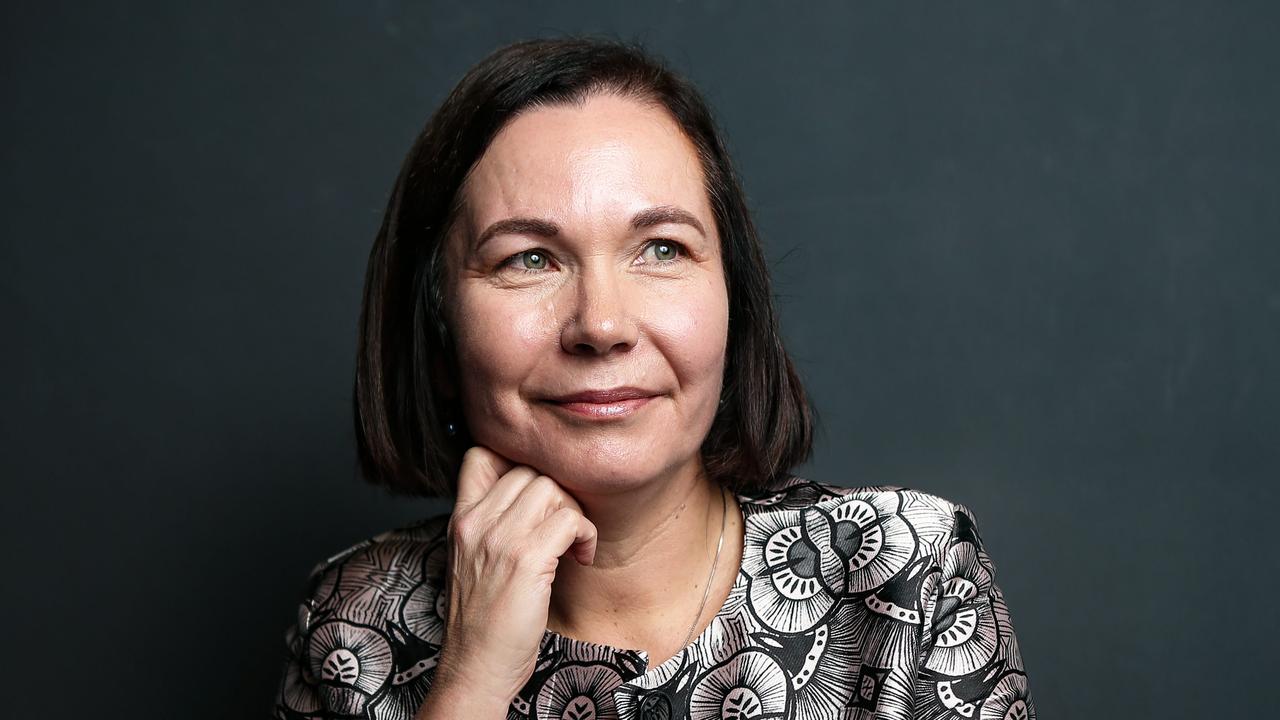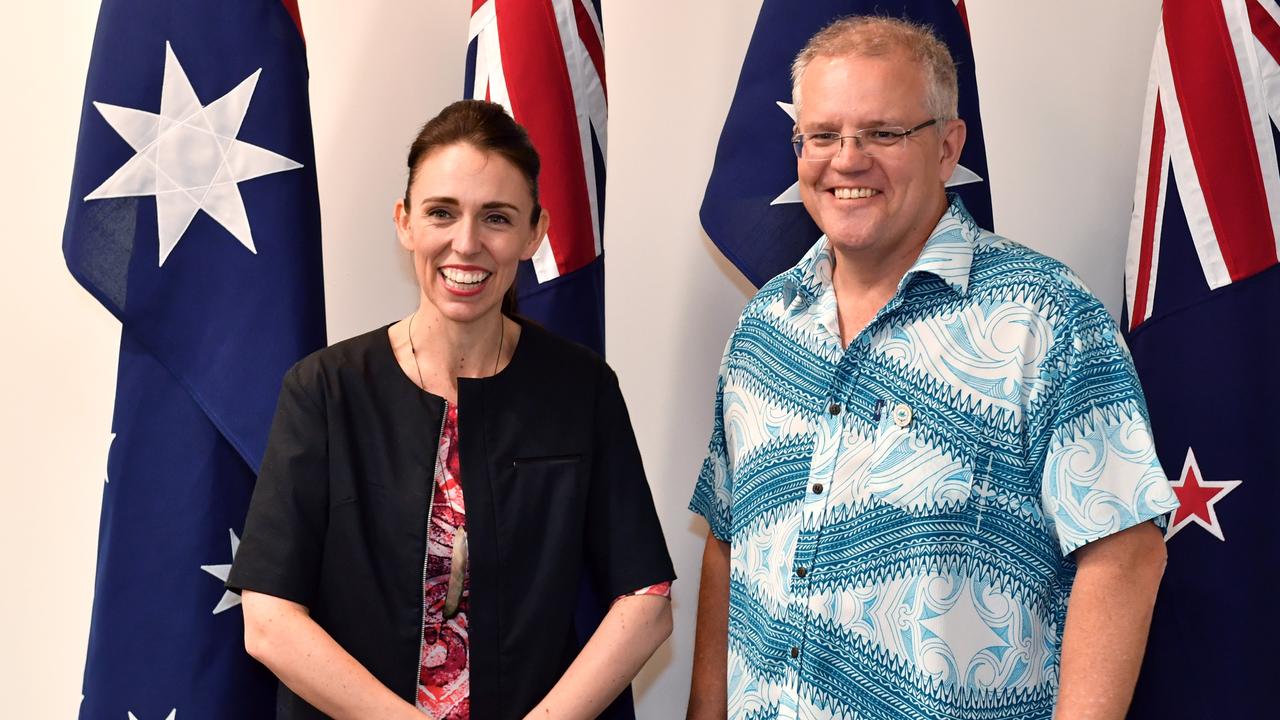Different year, same old uncertainty, doubt and volatility
Investors wishing the new year would wash away a miserable 2018 will have been bitterly disappointed so far.
Investors wishing that the start of the new year would wash away a miserable 2018 and provide new hope for a more prosperous investment environment will have been bitterly disappointed by what has been served up so far.
The volatility that dominated sharemarkets in the late stages of 2018 has continued into the new year, even infecting the foreign exchange market. Last week the Aussie dollar endured a dramatic plunge to US67.15c before recovering. It held yesterday above US71c, a US4c swing in less than a week.
Investors are regularly seeing 1 per cent-plus moves up and down in the financial barometers, each move spurred by one or other pieces of economic news.
In uncertain political and economic conditions markets are thrashing about, trying to find a level, a groove suited to the new environment as the certainties of the past decade — principally monetary stimulus through low rates and quantitative easing — are swept away.
They have not yet been able to reconcile the largely positive economic conditions with something of an “it’s time” factor — the sense that after years of rising financial markets, share prices might be looking stretched.
The great companion of monetary stimulus has been the rise of index funds and momentum investing, and among professional investors there is a feeling that the algorithmic trading of such funds, which now account for around half the investment inflows in the US, is exacerbating moves in the market in both directions.
As well, according to active investor T Rowe Price, programmed or algorithmic trades tend to be concentrated at the open and close of the trading day so that the funds prices more nearly reflect the last traded price.
The activity that was spread over a day is crowded into a few minutes at the start and end of the day, with price moves correspondingly stronger then and volumes and price moves in between much lower.
The S&P/ASX 200 index surged at the open yesterday but peaked at 5716.2 around mid-morning and drifted lower from there to close at 5638.2, still 1.14 per cent higher.
Algorithmic trading was also said to be at least partially to blame for last week’s wild ride in currency markets, including the plunge in the value of the Aussie dollar.
The local market rally followed on from Friday in the US market, which rose sharply on the back of much stronger than expected job growth in December. The Dow Jones rose 3.3 per cent, the S&P 500 3.4 per cent and the tech-heavy Nasdaq 4.3 per cent. That followed from a near 1100 point rise in one day before Christmas, itself following a four-day fall of 1885 points or 7.9 per cent.
On Friday non-farm payroll employment jumped by 312,000 jobs in December against market consensus for 177,000, after climbing by an upwardly revised 176,000 jobs in November.
The signs of stronger employment growth were tempered by a rise in the unemployment rate to 3.9 per cent, which may be an indication stronger economic growth is pulling more people back into the job market.
Federal Reserve chairman Jerome Powell meanwhile said the central bank would be patient in raising rates, soothing fears that it would have to more aggressively tighten monetary policy to manage economic growth.
Less than two weeks ago fears that the US could tip into recession had investors rushing to price in the prospect of the Fed cutting rates in 2019, reversing the slow but steady rise from emergency levels that have prevailed since the global financial crisis of 2008. And so it goes.
Yesterday’s rally was fuelled by news of new trade talks between the US and China that could cool a trade war between the world’s two biggest economies, and an aggressive move by China to slash reserve requirements that should stimulate lending at a time of slowing economic growth.
One certainty that has emerged is in housing markets — at least in Melbourne and Sydney, which account for roughly half the country’s housing stock — where prices are primed to fall again in 2019.
Moody’s Analytics weighed in yesterday with a prediction that the Australian housing market will continue to correct in 2019. Sydney house prices are already 10.1 per cent off their 2017 peak and are set to drop another 3.3 per cent.
House values in Melbourne are set for a steeper correction — down 6 per cent in 2019.
Other capital city conditions are more benign, with modest rises forecast for Brisbane, Adelaide and Hobart.
Moody’s highlights the impact of such an outlook on the broader theme.
It says that while the Australian economy is cruising around its potential, employment is near full and wage growth is rising slowly, the fading wealth effects from the entrenched cooling of the housing market will become a greater drag on the economy.
Falls in house prices can further deplete the sense of positive financial worth that accompanied investment and consumption when markets were rising strongly. That might exacerbate a sense of consumer and investor discontent that has emerged with another of the recent certainties of economic conditions in Australia (but not only here), which is the lack of wage growth.
While employment continues to grow, the rate is down from 3.6 per cent at the start of the year to 2 per cent, which has helped to slow household consumption.
Wage growth improved to 2.3 per cent year-over-year in the third quarter, but it is not far above the record low of 1.8 per cent hit in mid-2017 and is expected to remain soft through 2019.
Where people may have been able to console themselves that while their take-home pay is not keeping up with inflation, at least the value of their house, share portfolio or superannuation net egg was growing strongly, that is not now the case. The 6.9 per cent fall in the S&P/ASX 200 in 2018 will have an outsized effect on super funds, which tend to be weighted to equities.
How that plays out in an election year may well be an important factor in deciding the outcome. While it has been suggested that the Coalition might be secretly pleased to see house prices falling because it plays to their narrative of a scare on Labor’s negative gearing policies, the opposite might also be true.
The government’s own actions — a royal commission into financial misconduct, investor lending limits, tighter credit standards and restrictions on interest-only lending — have already conspired to drop prices in Sydney and Melbourne and fuelled the forecasts of further price falls this year.




To join the conversation, please log in. Don't have an account? Register
Join the conversation, you are commenting as Logout